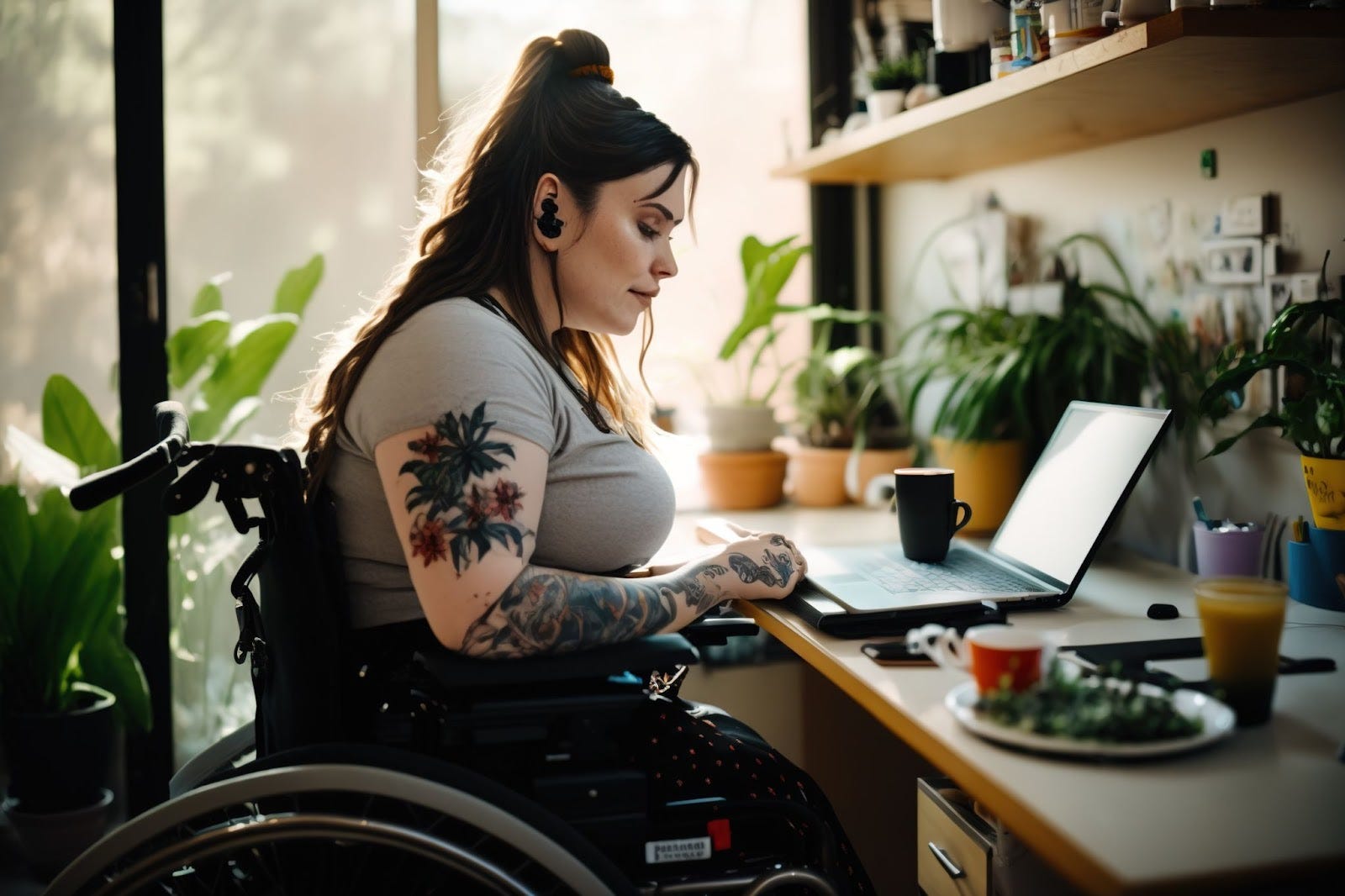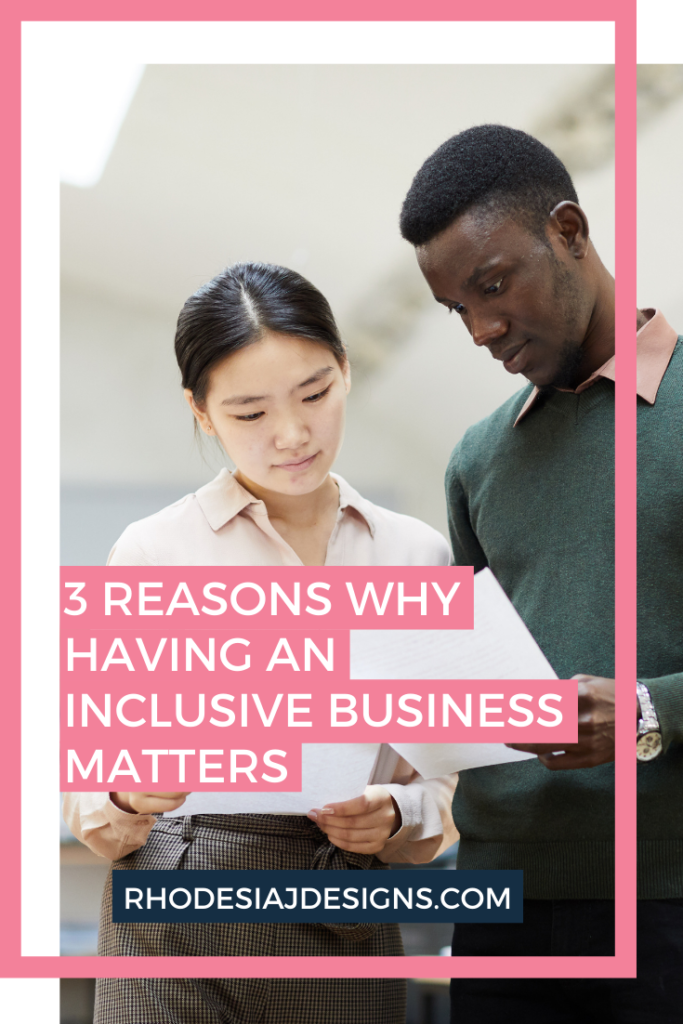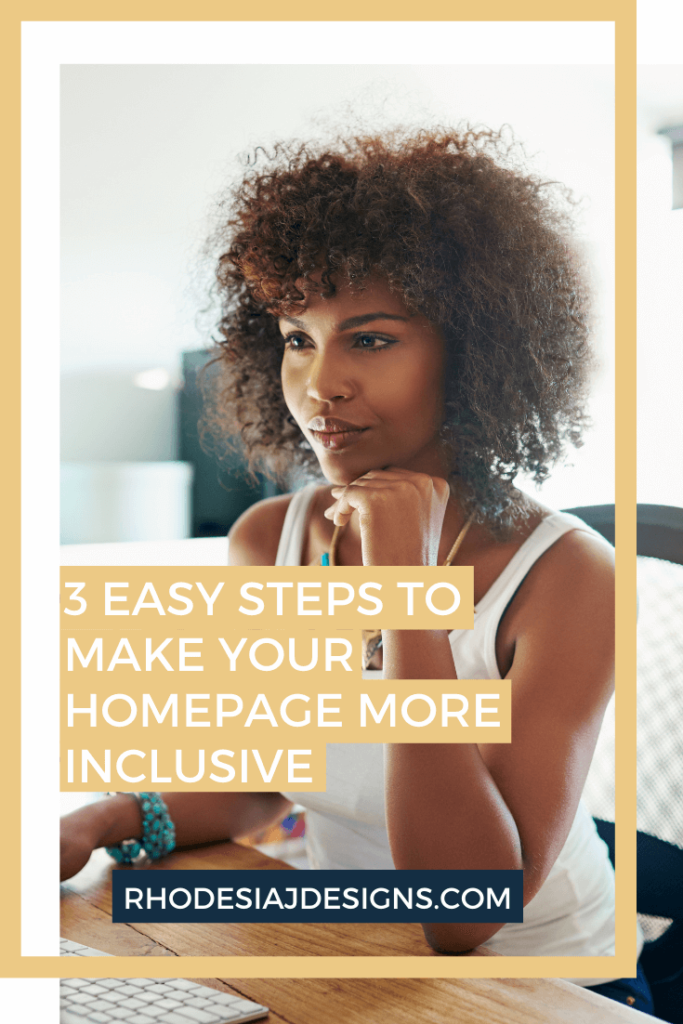Recently, there has been a lot of discussion surrounding the rising popularity of Artificial Intelligence tools such as ChatGPT and Google’s Bard. Some people fear that these tools will result in job losses, while others are using AI to help maximize their daily capabilities. But something I haven’t heard talked about too much is the potential negative impacts they can have on marginalized communities.
A couple of days ago, I was looking for a photo of someone using a wheelchair at a desk. And without too much digging, I came across the photo below. Take a minute to notice if anything seems a bit off to you.

Did anything strike you as odd about the photo?
There’s a mug sitting right on top of the laptop, as though the laptop is being used as a coaster! And the person’s floral tattoo goes over the sleeve of their t-shirt. These oddities are because the image was generated with artificial intelligence. A fact that I didn’t realize right away, until I saw the caption stating “Image generated with AI”.
AI has the ability to create stock photos based on prompts, by combining images from various sources on the web into a single photo. That’s why the person’s arm looks like a random floral image was just pasted on top, trying to make it look like a tattoo — because that’s exactly what AI did to create this photo. But, there are a lot more problems with AI being used to create photos, besides just the photo looking a bit weird or uncanny. As business owners, it’s important to be cognizant of the negative impact AI-generated stock photos can have on marginalized communities.
In my design projects, I incorporate photos that represent people from diverse backgrounds and lived experiences. I try to include people with various backgrounds, abilities, shapes, sexualities, and so on– because that’s what the real world is actually like. It isn’t just cishet, white, skinny, able-bodied folks that a lot of the mainstream media and marketing portrays. Unfortunately, when stock photos are generated using AI, they further contribute to the erasure of folks from these already underrepresented groups.
Since these AI-generated photos are entirely fabricated, they are based on our society’s preconceived notions about certain communities. Society’s stereotypes continue to be reinforced, because the AI photos further limit the chance for marginalized communities to share their authentic experiences. Artificial Intelligence erases the complexity and uniqueness of the cultures it tries to depict, because these photos don’t factor in the important, deep layers of emotions, experiences, and history. And as a result, individuals from these communities are faced with the same cycle of oppression that they’ve endured for eons.
While there’s no erasing the harm that AI generated photos can cause to marginalized folks– there are things that we can do in our own businesses to make sure we don’t further perpetuate the negative impacts and cause damage to these communities.
The main thing is to not use stock photos of people that are captioned “generated with AI”. Luckily, all photos created this way should have a label indicating that– so it shouldn’t be too hard to avoid. I know this means it might take some extra time to find the perfect photo, but the positive impacts contribute to creating an inclusive and welcoming space for everyone. This blog article shares more about why it is so important to use diverse and inclusive stock photos. And in the meantime, here’s a few of my favorite stock photo resources that showcase genuine representation and diversity.
- Nappy
- PUSHLiving Disability Photos
- Body Liberation Stock
- Vice’s Gender-Inclusive Stock Photo Library
- Canva’s Natural Women Collection
If you’re producing your own content, be mindful of who you choose to work with and showcase. This is a great way to amplify and highlight the stories of underrepresented communities. That might mean having a variety of body shapes, sizes, and abilities in a photoshoot you’re doing for your business. It could also open the door for you to have an authentic conversation with them about their lived experiences, which you can then consider in making any changes to your business. (If that is something they are comfortable with, of course. Remember– nobody owes you anything of their story, and you should always provide financial compensation for emotional labor.)
There’s no denying that AI will continue to grow in popularity, which is helpful if we are sure to use it in an ethical and mindful manner. But, it’s important to question our decision-making when deciding how to use AI tools, so we can make sure to avoid causing harm to anyone from already stigmatized groups. We’ve worked hard to build our businesses, and by continuing to make conscious decisions with things like stock photos, we can use our platforms to help others thrive.






